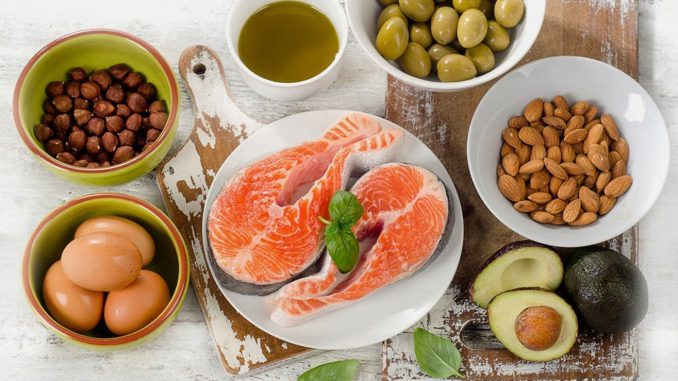
How To Amplify Medical Cannabis Benefits with Nutrition By Anna Wilcox
Article from https://www.green-flower.com/articles/580/how-to-amplify-medical-cannabis-benefits-with-nutrition
Medical cannabis is a wonderful healing tool.
However, the plant should be considered just that – a tool and not a cure-all.
While the herb can be very effective for a variety of ailments, it’s still just one part of something much larger you can do for your overall health: a balanced diet.
It’s a great question: how are your nutrition levels these days?
The food you eat could be making any underlying health conditions worse – or better, depending on what it is you’re eating.
In other words, for anybody seeking relief or improved quality of life through medical cannabis, nutrition must absolutely be a part of the equation.
Here are four ways to use nutrition to get the most out of your medical cannabis:
1. Eat anti-inflammatory foods
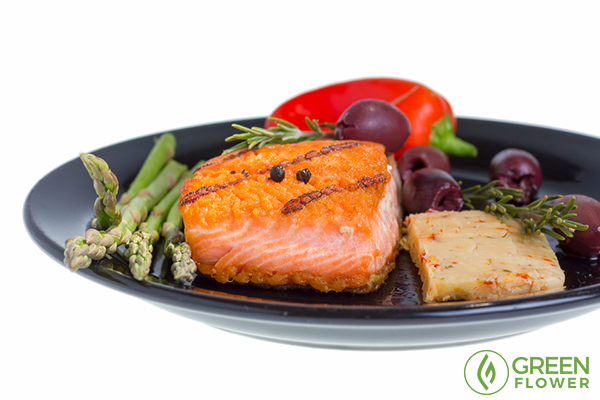
As many cannabis fans already know, the herb is filled with potent antioxidants.
In fact, a patent held by the U.S. government suggests that the antioxidants found in cannabis are stronger than vitamins C and E.
This is important since leading theories suggest that inflammation is stemmed from oxidative stress.
Oxidative stress is essentially an imbalance in your body that can lead to all sorts of unwanted health issues, including:
- cancer
- heart disease
- hypertension
- diabetes
- inflammatory conditions
- and more
As it turns out, one of the biggest causes of oxidative stress in the body is a diet high in processed foods.
“What the standard American diet does is it potentiates a very, very high level of oxidative stress. Oxidative stress at a high level is not our friend,” says registered dietitian Laura Lagano of the Holistic Cannabis Academy.
While cannabis compounds can fight oxidative stress as antioxidants, medical cannabis can work far better if it is combined with an anti-inflammatory diet.
Lagono explains:
“That anti-inflammatory food plan is full, full of vegetables. And when I say full of vegetables, I don’t mean that one little side salad you get. I mean that it is full of 6 to 11 servings of vegetables. Especially, what I like to refer to as detoxifying vegetables, we’re talking about anything in the cruciferous family.”
Vegetables in the cruciferous family include cauliflower, broccoli, bok choy, cabbage, and Brussel sprouts.
2. Go organic
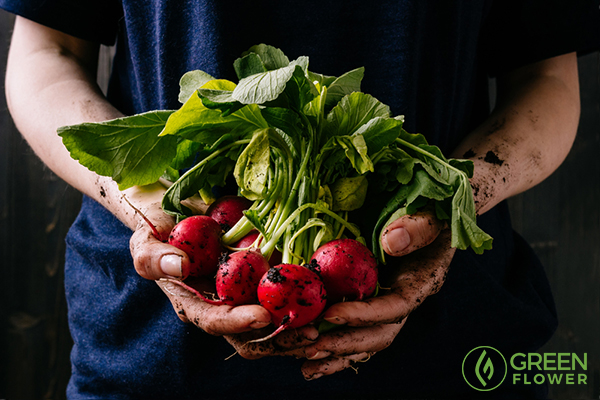
The primary reason why the cannabis plant is such an effective medicine is that it engages with the endocannabinoid system (ECS).
The endocannabinoid system is a large neurotransmitter network responsible for maintaining homeostasis in the body.
While overly simplified, homeostasis simply means optimum balance.
As Lagano says best, “homeostasis happens at a lot of different levels. So, we’re talking about sleep, we’re talking about mood, we’re talking about memory.”
Every day, we are exposed to pollutants from our environment and foods. These pollutants include compounds that promote oxidative stress and interfere with homeostasis.
So, Lagano suggests making the switch to organic food products.
“Ultimately, what we’re trying to do to heal is we’re lowering our toxic load,” says Lagano. “We all have a toxic load.”
Simply stated, the accumulation of too many pollutants in the body can have negative effects on health.
“When you change what you’re eating and you start lowering your toxic load to affect that cellular health, you will find that the cannabis that you’re using will work better and also, that you can use less.”
3. Eat enough polyunsaturated fatty acids
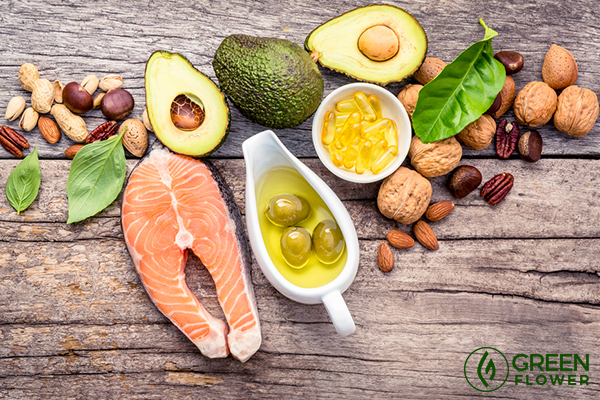
For some, cannabis may be beneficial because active compounds in the plant make up for a lack of naturally produced endocannabinoids.
Endocannabinoids are like the body’s own cannabis.
They are the neurotransmitter molecules that provide signals to the endocannabinoid system.
While cannabis can supplement for a lack of endocannabinoids in the body, the molecules themselves are derived from dietary sources.
That means that what you eat can alter your endocannabinoid tone (the levels of these molecules in the body).
For optimum endocannabinoid health, Lagano recommends a diet rich in polyunsaturated fatty acids.
She explains:
“Polyunsaturated fatty acids (PUFAS) are actually very important. Endocannabinoids are derived from arachidonic acid. That is a polyunsaturated fatty acid. So, you know what that means? That means that we can produce our own endocannabinoids.”
Polyunsaturated fatty acids are most abundant in fatty fish, seeds, and nuts.
Eating these foods may help increase the amount of endocannabinoids available for the body to use, improving mood, sleep, and helping the body to return to homeostasis.
4. Probiotics
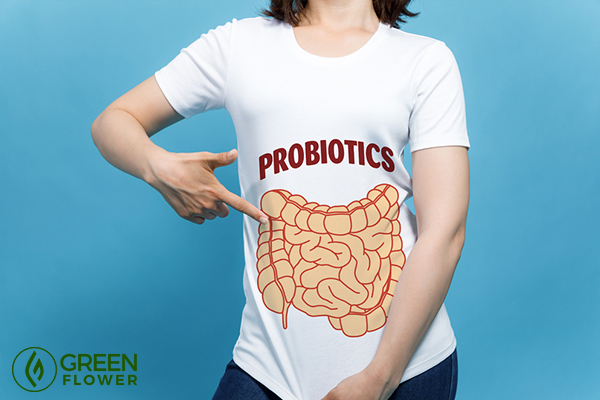
While changes in cannabis policy may be one of the biggest public health decisions in the last decade, research on probiotics may lead to some of the most important medical advancements.
Probiotics refer to foods and supplements which foster microbial life inside the intestinal tract.
Believe it or not, these microbes are important for good health. They work in tandem with immune cells to fight pathogens and help us gain nutrients from foods that we cannot digest ourselves.
“Probiotics are what we can take orally to help the good bacteria in the body work properly,” says Lagano. “Your gut is your second brain, so this is why we see the relationship between gut health and brain health.”
Gut microbes support brain health by freeing up additional nutrients and by creating neurotransmitter molecules as by-products of their digestion and metabolism.
Taking an oral probiotic helps ensure that you’re getting the most from your food. Improving your ability to access nutrients can help you achieve greater results with your medical cannabis.


